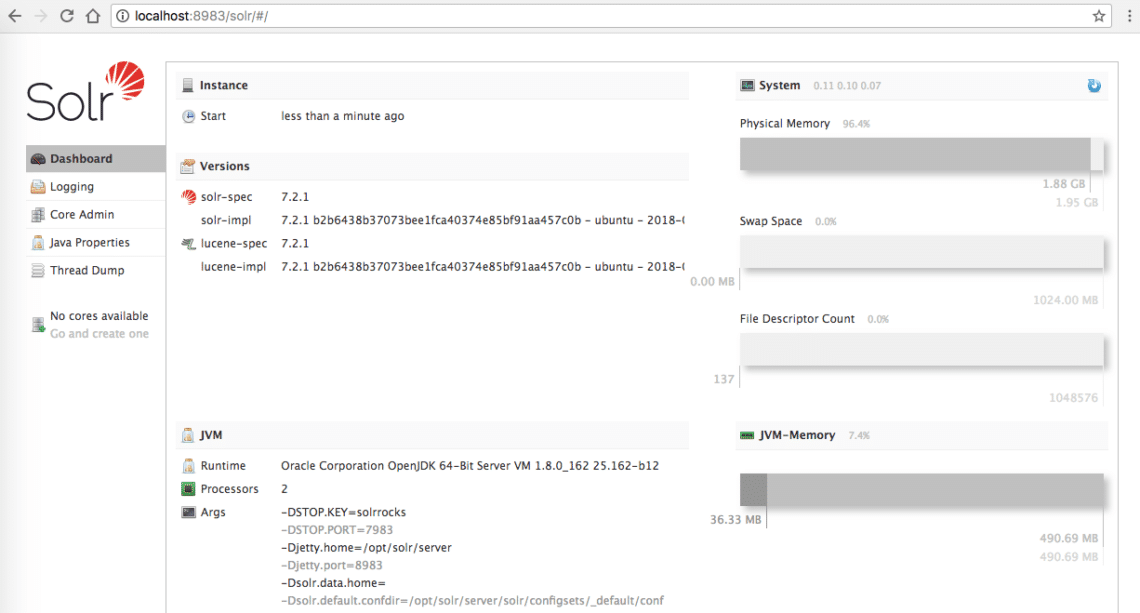

By the way, you can place this folder out of your Tomcat webapps folder. You have to make sure that there is plenty of space wherever you place this folder, since it can grow a lot. Fortunately, Solr comes with a predefined structure and includes preconfigured files in it. We also have to copy a basic Solr structure into it. Now it’s time to create the folder that will keep your Solr index and documents. Installing Solr (Finally!) Download Solr from the Apache website to your home directory: Ĭopy (and rename) the included Solr war file (solr.war) to your Tomcat apps folder: cp ~/solr-4.5.1/dist/solr-4.5.1.war /usr/share/tomcat6/webapps/solr.war They will be read by tomcat preventing Solr to start. Update: Latest versions include a couple Android files (slf4j-android-1.7.7.jar and slf4j-android-1.7.7-sources.jar). Untar your file and copy the required files to your tomcat library folder: cd


Installing SLF4J Download the latest version from Untar your file and copy the required files to your tomcat library folder: cdĬp commons-logging-*.jar /usr/share/tomcat6/lib Installing Apache Commons Loggins Download Apache Commons Logging from Important: Make sure to change the previous username and password! Add the following lines between the tag in /etc/tomcat6/tomcat-users.xml to add a manager role to your server: If you cannot connect, check your firewall rules iptables -vnL -line-numbersĪnd make the necessary changes (Check these iptables snippets). Use a web browser to check it is working correctly.
APACHE LUCENE WINDOWS INSTALL INSTALL
Installing Tomcat yum -y install tomcat6 tomcat6-webapps tomcat6-admin-webapps If you got Java 1.5, I recommend you to follow this tutorial to get version 1.6. You must have at least version 1.6 in order to run Solr. The installation process requires a couple extra libraries in order to work: Apache Commons Logging and SLF4J. This time we are going to install Solr, the super text search platform on CentOS.


 0 kommentar(er)
0 kommentar(er)
